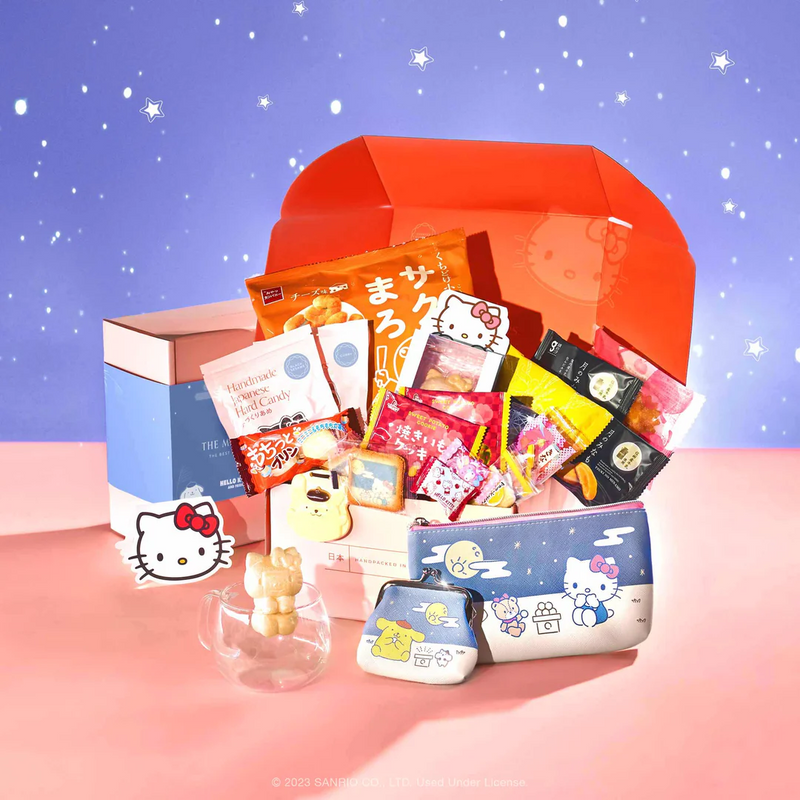Modern Day Kimono
Everyone has a baseline understanding of the Japanese kimono. We all know what kimonos look like, their long historical importance in Japan, and the elegance with which they are typically worn. But what many people don’t know is that the kimono has become much more modernized over the years, and the prevalence of the garment has been scaled back quite a bit as well.

In today’s world, it is becoming increasingly rare to have a kimono in the home. Nowadays, kimonos are only worn on special occasions like weddings, Seijinshiki (an annual Japanese holiday held on the second Monday in January to celebrate those who have reached 20, the age of maturity), or Hatsu Miyamairi (when a newborn makes their first visit to the Shinto shrines to pray for health and growth), to name a few. Because kimonos are rarely used these days, they have become incredibly expensive to purchase. As a result of this, it has become quite common to simply rent a kimono when needed.
Instead of abandoning the kimono completely, however, designers are viewing this as an opportunity to evolve with the times and modernize the well-known garment. There are several variations of the modern day kimono, so let’s break them down one by one.
Kimono With No Belt
Kimonos are traditionally belted with a sash called an obi. The obi has taken on many different silhouettes over the years, from a thin rope to a thicker, more substantial piece of fabric. Somewhere along the way in the evolution of the kimono, however, the belt was dropped completely to create a more casual, lightweight, flowy garment. Kimonos without belts make for a great addition to any summer outfit, thanks to their breathable and comfortable design.

Bohemian Kimono
In recent years, kimonos have made a large impact on younger people who identify as having a “bohemian” style. The addition of fringe detailing plays a huge role in the modernization of the kimono, but it is also the component that is the most dissimilar to the traditional garment. A kimono does not need fringe to qualify as bohemian, however. Bohemian style prints like paisley or geometric patterns can do the trick just as well, without straying too far away from the integrity of the original kimono.
Non-Silk Kimono
Standard kimonos are typically made of silk, and because of this, they can be extremely difficult to clean. For many people, maintaining the silk has become too much of a hassle, which is why so few households have kimonos in large quantities these days. In an attempt to make the
kimono more accommodating for everyday use, manufacturers are now making kimonos out of virtually any other fabric you can think of--cotton, wool, linen, polyester, rayon, the list goes on. This, and the cheaper price tag that comes with these materials, have been leading factors in the revival of the kimono amongst young people in Japan. A kimono that is more accessible, manageable, and representative of today’s needs is exactly what the younger generation has been looking for, and now that designers are beginning to listen, we might just be on the brink of a kimono renaissance!

Kimono With A Twist
What would a modern day kimono be without a twist? As mentioned above, designers are constantly thinking of new ways to reinvent the Japanese kimono to cater to young buyers. Some have found success with unique, bold, and non-season based patterns, while others have designed their kimono with the intent to be worn with Western accessories. With the everchanging kimono landscape, you can’t help but wonder what Japanese designers will come up with next!
The kimono is an integral part of Japanese culture. Modernizing a traditional garb in any country is expected to be met with backlash or criticism, but for Japan, the only way the kimono will remain prevalent is if society embraces the changes with open arms and encourages further developments.
Author Bio







 Bokksu Snack Box
Bokksu Snack Box

























